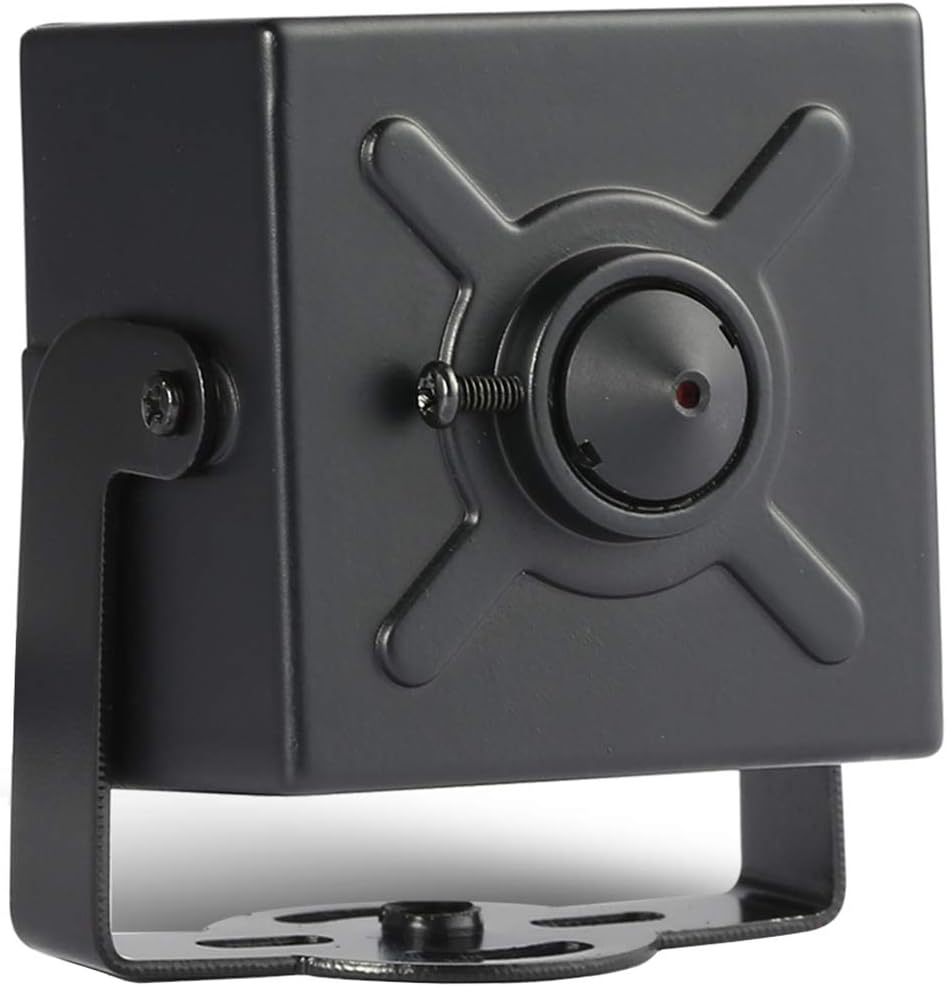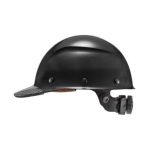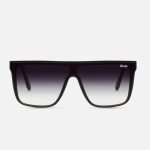Understanding the Pinhole Camera Concept
A pinhole camera for eclipse viewing operates on a simple optical principle: light travels in straight lines. When light passes through a small hole, such as a pinhole, it projects an inverted image on the opposite side of the hole. This principle becomes incredibly useful for safely observing solar eclipses. The pinhole acts as a lens, casting the image of the sun onto a viewing screen, allowing observers to watch the eclipse without risking eye damage that direct viewing could cause. Building a pinhole camera is straightforward and requires only basic materials.
Gathering Your Materials
To make a pinhole camera, gather materials like two pieces of white card stock, aluminum foil, tape, and a pin or needle. You’ll use one piece of card stock as the screen where the eclipse image will be projected. The second piece will create the pinhole. Aluminum foil is used to make the pinhole opaque and sharp, while the pin or needle creates the actual hole. Tape is used to seal any extra light and to secure components together. It’s critical to ensure all materials are ready before starting the construction process to have a smooth and enjoyable building experience.
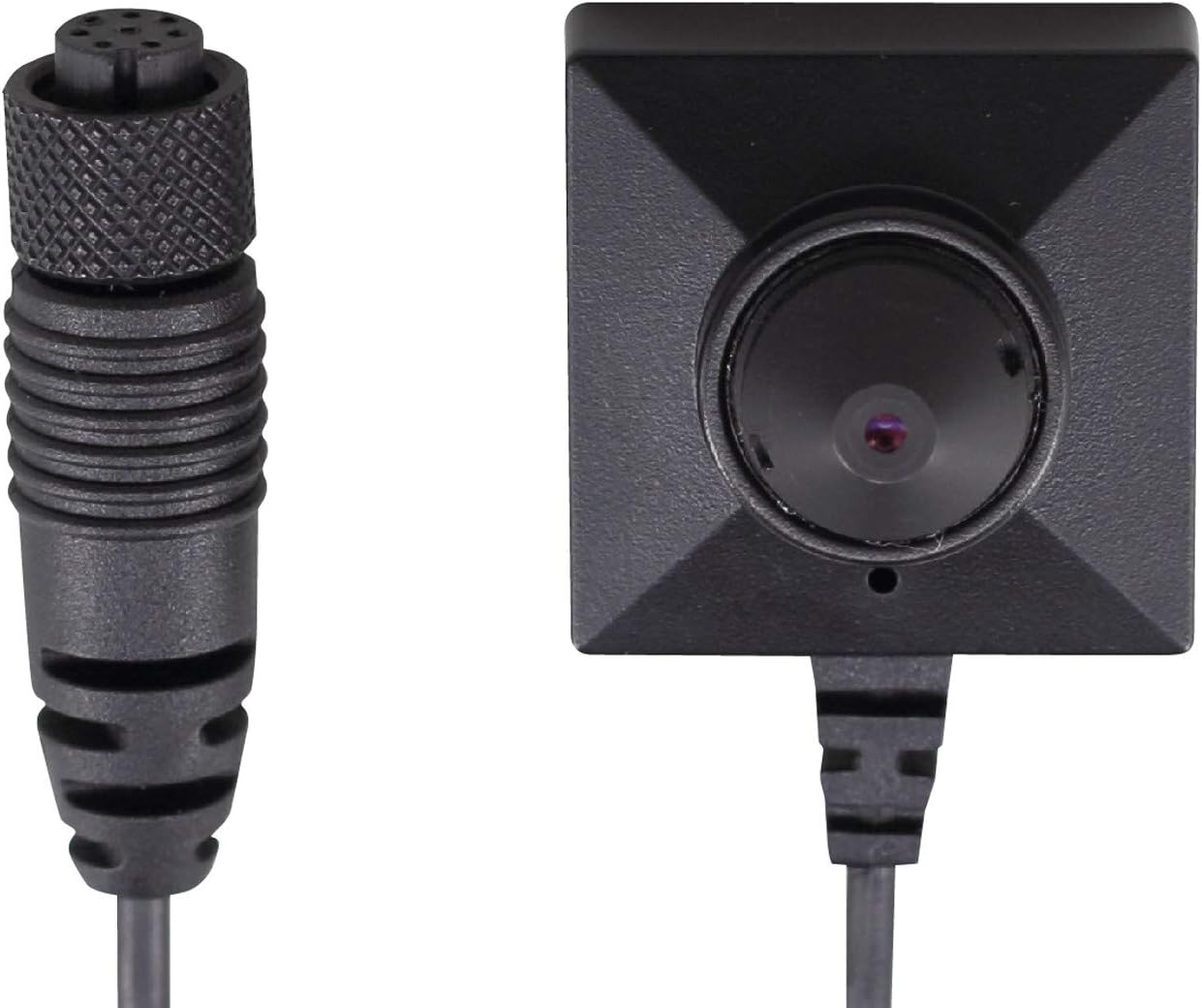
Step-by-Step Construction
Start by cutting a square hole into the center of one piece of card stock. Tape a piece of aluminum foil over this hole, and then use the pin or needle to make a clean puncture in the foil’s center – this is your pinhole. The second piece of card stock will be your screen; set it up some distance away from the pinhole on the camera’s backside. The distance between the pinhole and the screen will determine how large the projected image will be. The further away the screen from the pinhole, the bigger the image, but also the dimmer it will appear.
Maximizing Your Eclipse Viewing Experience
Positioning Your Pinhole Camera
For optimal viewing of the solar eclipse, you need to position your pinhole camera correctly. The sun must be behind you while the camera’s pinhole faces the sun directly. With the screen towards you, you’ll see a small projection of the sun, which will be safe to look at. Adjust the angle and positioning until the image is clear and focused. During the eclipse, you’ll observe the moon’s silhouette gradually covering and uncovering the sun on the pinhole camera’s screen – all without risking eye damage that looking at the sun directly can cause.
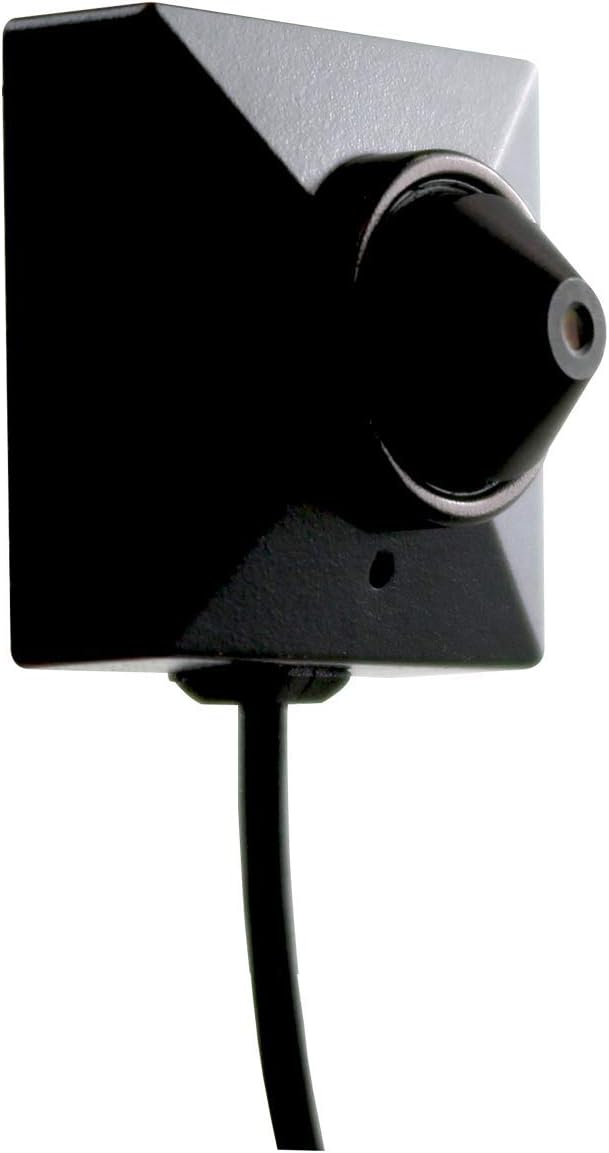
Enhancing Image Quality
Although the pinhole camera’s design is simplistic, you can take steps to enhance the quality of the image it projects. One of the easiest ways to do so is by ensuring the pinhole is perfectly round and free from burrs, which can distort the light. To increase image contrast, use a screen made from bright white card stock or even a piece of polished whiteboard. The smaller the pinhole, the sharper the image, but it will also be dimmer. Experiment with pinhole sizes to find a good balance between sharpness and brightness.
Recording the Event
Eclipse viewing with a pinhole camera offers the perfect opportunity to document this celestial event. Consider recording the projection by taking photographs at intervals to capture the various stages of the eclipse. If you have access to one, use a digital camera on a tripod for consistent framing. Make sure to use the appropriate settings to avoid overexposure and to capture the subtle details of the projection. This record will not only be an interesting keepsake but could also serve as an educational tool for future reference.
Safety and Education
Prioritizing Viewing Safety
Even during an eclipse, looking directly at the sun can cause permanent eye damage. The pinhole camera method is one of the safest ways to observe these phenomena. Reinforcing safety should be a top priority, especially when guiding children to view an eclipse. Explain the dangers of looking at the sun without proper protection and demonstrate how to use the pinhole camera effectively. Always double-check that no one attempts to look through the pinhole directly at the sun; instead, they should view the projection on the screen.
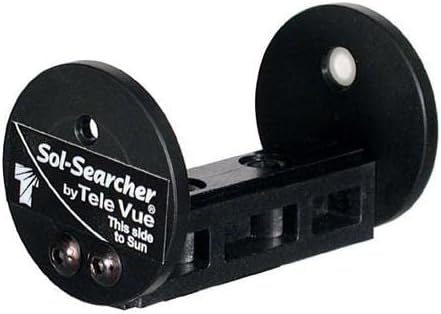
Learning from the Pinhole Camera Experience
The process of building and using a pinhole camera for eclipse viewing is not just a practical activity; it’s also a highly educational one. It provides an experiential learning moment where theory meets practice. The simple device demonstrates basic principles of optics and astronomy. The eclipse itself is a lesson in celestial mechanics, offering insights into the orbit of the moon around the Earth and the alignment of celestial bodies. Encourage questions and discussions to maximize the educational impact.
Sharing and Collaboration
Observing an eclipse can be a communal activity that encourages sharing and collaboration. Invite friends, family, or community members to join in making and using pinhole cameras. Sharing the experience not only makes it more enjoyable but can also spark interest in science and astronomy among participants. Additionally, creating arlo security cameras in a group setting can lead to shared problem-solving and innovation, potentially leading to improved designs or techniques for the next celestial event.
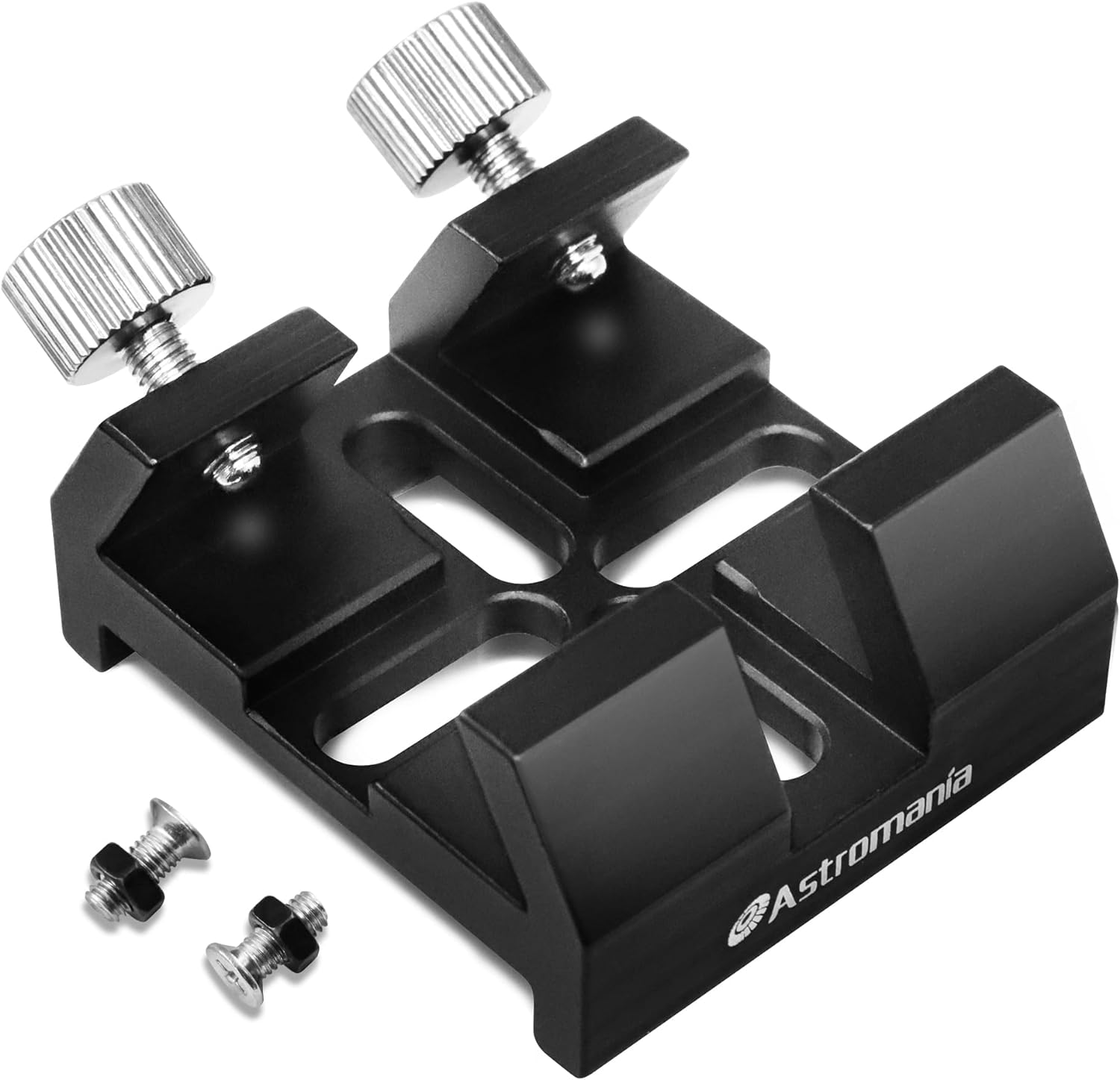
Step-by-Step Construction
After securing the aluminum foil with tape and ensuring no light leaks around the edges, it’s critical to make the pinhole as small and round as possible. A smooth, round hole will produce the clearest image. When you have the pinhole ready and the screen set up, it’s time to test the camera. Find a light source, and point the pinhole at it while holding the screen a set distance away. You should see a sharp, bright dot appear on the screen. Experiment with the distance between the pinhole and the screen to achieve a clear image. This testing is crucial before the day of the eclipse to ensure your setup works correctly.
Enhancing Image Quality
If the image of your test light source is fuzzy or not well-defined, try adjusting the size of the pinhole. A pinhole that is too large can make the image appear blurry, while a small one can make it too dim. Precision is key – a common needle size for making the pinhole is between 0.3 to 0.5 millimeters. Using thin aluminum foil can also improve sharpness, as thicker materials can cause the edges of the pinhole to be less defined. For the best results, you can even use black paint or a marker to coat the inside edge of the hole in the card stock to reduce light reflection.
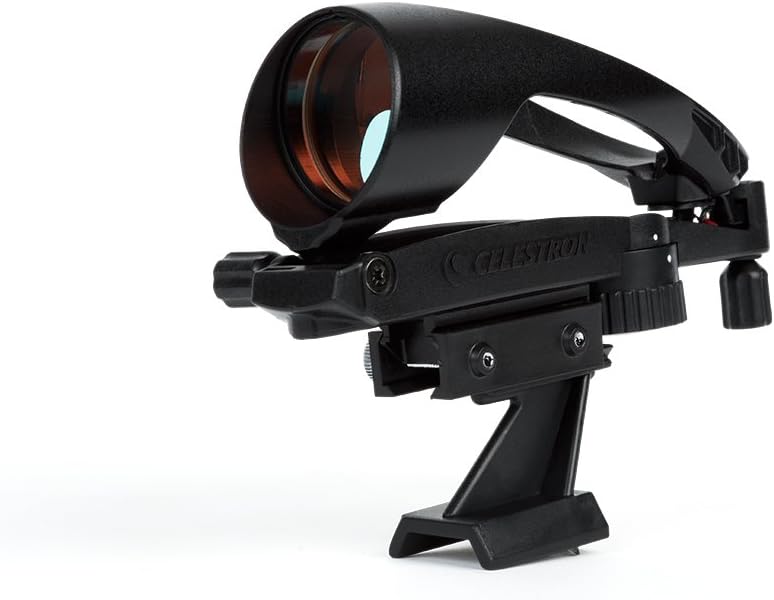
Recording the Event
When documenting the eclipse with a digital camera, set the exposure appropriately to capture the subtle gradations as the moon covers the sun. You may find that manual settings work best, as automatic modes can be confused by the unusual lighting conditions an eclipse presents. Interval shooting can provide a stunning time-lapse sequence of the event. For those without a digital camera, even a smartphone can capture the essence of the eclipse through the pinhole camera’s projection if set up correctly on a stable surface.
Prioritizing Viewing Safety
Beyond the pinhole camera, it’s important to remind eclipse viewers that other protective eyewear options are available, such as solar viewing glasses that meet the ISO 12312-2 international safety standard for direct viewing of the sun. Even during an eclipse when the sun seems less bright, its ultraviolet and infrared radiation can cause serious eye damage. Providing this information ensures that everyone enjoys the event without risking their health.
